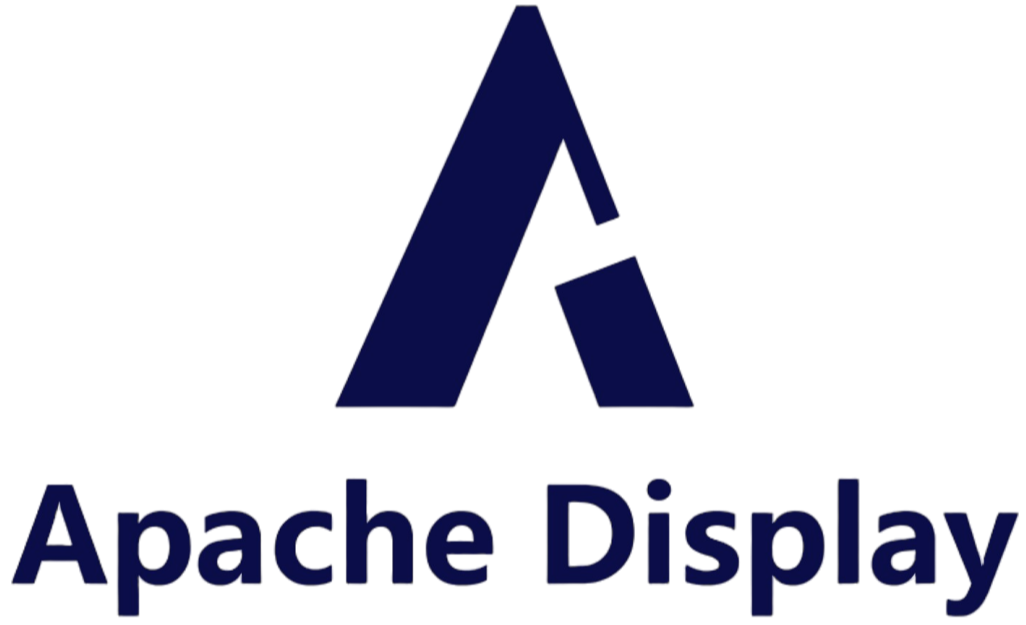Creating memorable brand experiences in retail environments requires strategic planning and the right display solutions. A well-designed metal display stand can transform ordinary product presentations into powerful marketing tools that capture customer attention and drive sales. These versatile fixtures have become essential components in modern retail spaces, offering durability, aesthetic appeal, and functional versatility that traditional display options simply cannot match.

The evolution of retail display technology has brought sophisticated solutions that merge form with function. Metal display stands represent the pinnacle of this evolution, combining structural integrity with endless customization possibilities. From boutique wine shops to large supermarket chains, these displays serve as silent salespeople that work around the clock to showcase products effectively and enhance brand visibility.
Understanding Metal Display Stand Construction
Material Selection and Durability Factors
The foundation of any effective metal display stand lies in its material composition. Premium steel alloys provide exceptional strength-to-weight ratios, ensuring displays can support substantial product loads while maintaining structural stability. Stainless steel options offer superior corrosion resistance, making them ideal for environments with varying humidity levels or potential exposure to cleaning chemicals.
Aluminum alternatives present lightweight solutions without compromising strength. These materials excel in applications requiring frequent repositioning or when installation considerations favor reduced weight loads. The powder coating process adds both protective and aesthetic benefits, creating durable finishes that resist scratching, chipping, and fading over extended periods.
Engineering Considerations for Load Distribution
Professional display design incorporates advanced engineering principles to optimize weight distribution across the entire structure. Strategic placement of support members ensures even load transfer, preventing stress concentrations that could lead to premature failure or deformation. Cross-bracing techniques enhance lateral stability, particularly important for taller display configurations.
The integration of adjustable components allows for customization based on specific product requirements. Height-adjustable shelves accommodate varying product dimensions, while modular connection systems enable expansion or reconfiguration as display needs evolve. These engineering features transform static displays into dynamic retail tools that adapt to changing inventory and marketing strategies.
Customization Options for Brand Integration
Surface Treatment and Finishing Techniques
Advanced surface treatment technologies enable seamless integration of brand elements into metal display stand designs. Laser etching creates precise logo reproductions and text elements that maintain clarity and definition over time. This permanent marking technique resists wear from handling and cleaning, ensuring brand messaging remains visible throughout the display's lifecycle.
Color matching capabilities allow displays to align perfectly with established brand color schemes. Custom powder coating formulations can replicate specific Pantone colors, creating cohesive visual experiences that reinforce brand recognition. Specialty finishes including brushed, polished, and textured options add tactile elements that enhance perceived quality and product appeal.
Modular Design Elements
Contemporary metal display stand systems embrace modular design principles that maximize versatility while minimizing complexity. Interchangeable components enable rapid reconfiguration to accommodate seasonal merchandise changes or promotional campaigns. Standardized connection systems ensure compatibility across different display elements, creating cohesive presentation environments.
Accessory integration options expand functional capabilities beyond basic product support. Built-in lighting systems highlight key merchandise while creating ambient atmospheres that encourage customer engagement. Signage mounting points accommodate changeable promotional materials, ensuring displays remain current with evolving marketing messages and product information.
Industry Applications and Use Cases
Retail Environment Integration
Modern retail environments demand display solutions that seamlessly integrate with existing architectural elements while maintaining distinct brand identities. Metal display stand configurations can be tailored to complement specific store layouts, from intimate boutique settings to expansive department store environments.
Wine retail applications showcase the versatility of custom metal displays in creating sophisticated product presentations. Temperature stability inherent in metal construction protects valuable inventory while angled shelf configurations optimize bottle visibility and accessibility. Security features including locking mechanisms provide additional protection for high-value merchandise.
Trade Show and Exhibition Applications
Portable metal display stand solutions excel in trade show environments where impact and functionality must be balanced with transportation considerations. Modular designs break down into compact components for efficient shipping while assembling quickly on-site without requiring specialized tools or technical expertise.
The durability of metal construction withstands repeated assembly and disassembly cycles common in exhibition applications. Professional appearance standards maintain brand credibility across multiple events, while customizable graphics panels allow messaging adaptation for different audiences or market segments.
Installation and Maintenance Considerations
Site Preparation Requirements
Successful metal display stand installation begins with thorough site assessment and preparation. Floor condition evaluation ensures adequate support for display loads while identifying potential leveling requirements. Electrical considerations for integrated lighting or security systems must be planned during initial site surveys to avoid costly modifications after installation.
Spatial planning optimizes traffic flow patterns while maximizing product visibility from key customer vantage points. Professional installation teams coordinate with facility management to minimize disruption to ongoing business operations while ensuring compliance with applicable building codes and safety regulations.
Long-term Maintenance Protocols
Establishing comprehensive maintenance protocols extends display lifecycle while preserving appearance standards. Regular inspection schedules identify potential issues before they impact functionality or safety. Component lubrication and adjustment procedures maintain smooth operation of movable elements including adjustable shelves and rotating displays.
Cleaning protocols specific to metal display surfaces maintain finish integrity while removing accumulated contaminants. Appropriate cleaning agents prevent damage to protective coatings while ensuring sanitary conditions in food service or healthcare applications. Documentation of maintenance activities creates valuable records for warranty compliance and replacement planning.
Cost-Benefit Analysis and ROI Considerations
Initial Investment vs Long-term Value
Evaluating metal display stand investments requires comprehensive analysis of both immediate costs and long-term operational benefits. Premium construction materials and professional installation services represent significant upfront expenditures, but these investments typically generate positive returns through enhanced product sales and reduced replacement costs.
Durability advantages become particularly evident when comparing total cost of ownership across multi-year periods. Metal displays maintain structural integrity and appearance standards significantly longer than alternatives, reducing disruption and expense associated with frequent replacements or repairs.
Impact on Sales Performance
Professional presentation quality directly influences customer purchasing decisions through enhanced product visibility and perceived value. Strategic positioning of metal display stand units creates natural traffic patterns that expose customers to broader product selections while encouraging impulse purchases.
Quantifiable metrics including sales per square foot and inventory turnover rates provide objective measures of display effectiveness. Many retailers report substantial improvements in key performance indicators following implementation of custom metal display solutions, validating initial investment decisions and supporting expansion planning.
FAQ
What weight capacity can custom metal display stands support
Custom metal display stands can be engineered to support virtually any required load capacity, with typical configurations handling anywhere from 50 pounds per shelf to over 500 pounds for heavy-duty applications. The specific weight capacity depends on factors including material selection, structural design, shelf spacing, and mounting configuration. Professional engineering analysis ensures optimal load distribution while maintaining appropriate safety factors for long-term reliability.
How long does the customization and manufacturing process take
The timeline for custom metal display stand production varies based on complexity and customization requirements, typically ranging from 4-8 weeks from design approval to delivery. Simple modifications to existing designs may require less time, while completely custom configurations with unique engineering requirements may extend beyond standard timelines. Rush production services are often available for urgent projects, though additional costs may apply for expedited manufacturing and shipping.
Can metal display stands be reconfigured or modified after installation
Most modern metal display stand systems incorporate modular design principles that facilitate post-installation modifications and reconfigurations. Adjustable shelf heights, interchangeable components, and standardized connection systems enable adaptation to changing product lines or display requirements. More extensive modifications may require additional components or professional service, but the inherent flexibility of quality metal display systems accommodates most reasonable modification requests.
What maintenance is required to keep metal displays looking professional
Maintaining professional appearance standards requires regular cleaning with appropriate cleaners and periodic inspection of moving components. Most metal display stands benefit from weekly cleaning with mild detergent solutions and monthly lubrication of adjustable mechanisms. Annual professional inspections help identify wear patterns or potential issues before they impact functionality, while prompt attention to minor damage prevents more costly repairs or replacements.


